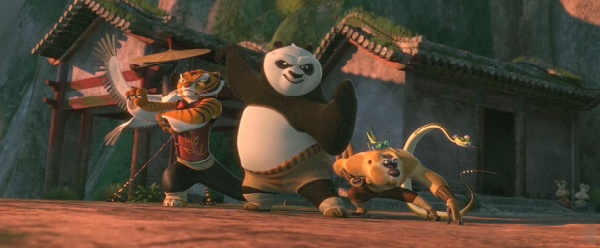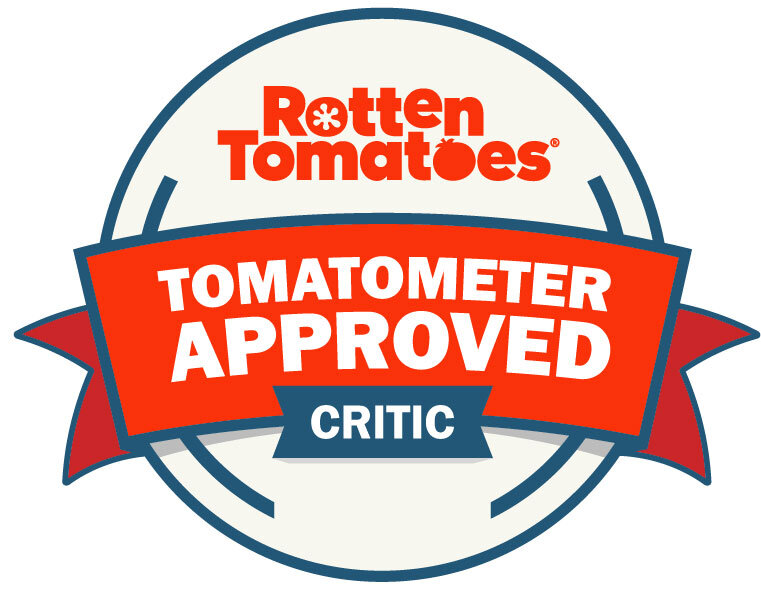2011 // Canada // Jason Eisener // June 3, 2011 // Theatrical Print (Hi-Pointe Theater)
Hobo With a Shotgun is an acutely loathsome film, but I'll be damned if it isn't 110% committed to its loathsomeness. Compared to Robert Rodriguez' cheeseball neo-exploitation revenge picture, Machete, Jason Eisener's gleefully skuzzy effort is nasty in an authentically foul way. It doesn't soft-pedal a thing, splattering daft characters, outrageous gore, and demented flourishes all over the screen for 86 depraved minutes. Both films originated as fake trailers for Rodriguez and Quentin Tarantino's Grindhouse, but where Machete plainly wants us to cheer for its righteous hero as he slaughters his way through the racist powers-that-be, Eisener's film balances queasily on the knife-edge between subversive thrills and moral revulsion.
Rutger Hauer is credible in the role of the vigilante vagrant, in that he looks and sounds for all the world as if just he wandered onto the set after finishing his third bottle of Thunderbird. Disembarking from a boxcar in "Scumtown," Hauer's nameless Hobo encounters corrupt cops, bloodthirsty criminals, and everyday assholes, all of whom delight in humiliating a target as powerless as a homeless old man. Spat upon and degraded by even the lowest elements of society, the Hobo does what any right-thinking American would do: He picks up a gun and starts shooting.
Eisener presents the film's urban wasteland as the apocalyptic, PCP-addled twin to the Gotham City in Chistopher Nolan's Batman films, a Nightmare Town so bent that justice has become a bitter punchline. The strange blend of shattered ugliness and garish stylization in Ewen Dickson's design, meanwhile, suggests an NC-17 version of the psychotropic nuttiness that characterized Joel Schumacher's reviled Batman & Robin. This is fitting, given that Hobo pokes a filthy, yellow-nailed finger in the eye of every Superhero Movie, from the breeziest summer popcorn flick to the grimmest neo-noir fable. If nothing else, Hobo With a Shotgun possesses a crazed fervor that was utterly absent from Matthew Vaughn's parody of the subgenre, the wooly, underwhelming Kick-Ass.
The punk ambition that underlies Hobo is admirable, but it unfortunately can't overcome a story that dithers and staggers around to a rather unforgivable degree, given the straightforward brutality promised by the film's title. In lieu of narrative momentum, Eisener offers a succession of grisly spectacles and a tone of unrelenting shrillness, where every line of dialog is studded with profanity and shrieked at maximum volume. And, hooboy, is that dialog dreadful. (Sample: "Can't you just let it slide?" "The only thing I'm going to let slide is my dick into your pussy.") Satirical or not, the sheer awfulness of the script recalls Enid's remark from Ghost World: "This is so bad it's gone past good and back to bad again."
The film's over-the-top violence is discomfiting, but not because that violence is fundamentally objectionable. Hollywood's glib treatment of societal breakdown and the glamorization of vigilantism are worthy targets for satire, but Eisener's approach is ham-fisted, as though spattering everything in sight with blood, bone, and brains constituted an anarchic kind of commentary. The filmmaker's resolve to shatter bourgeois taboos lacks clarity, and the result is an aimless, smug sort of rebelliousness. Witnessing atrocities like, say, a bikini-clad woman writhing in the arterial spray from a freshly decapitated victim, or a school bus of children roasted alive with a flamethrower, I was put in mind of British journalist Johann Hari's recent interview of Larry Flynt. Asked about a Hustler spread that featured women in a mock concentration camp, the venerable pornographer lamely replied that it was "satire". Harri was incredulous: "But how is that a concept that needs satirising? How is that even a concept at all?"









